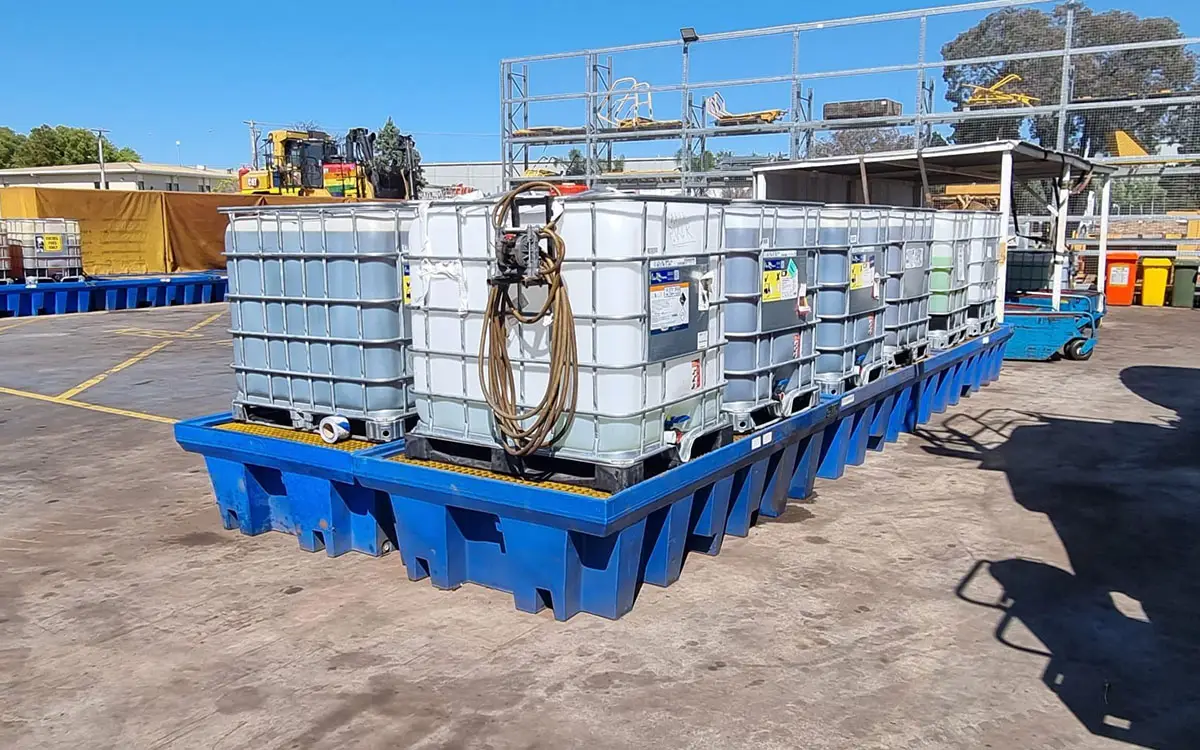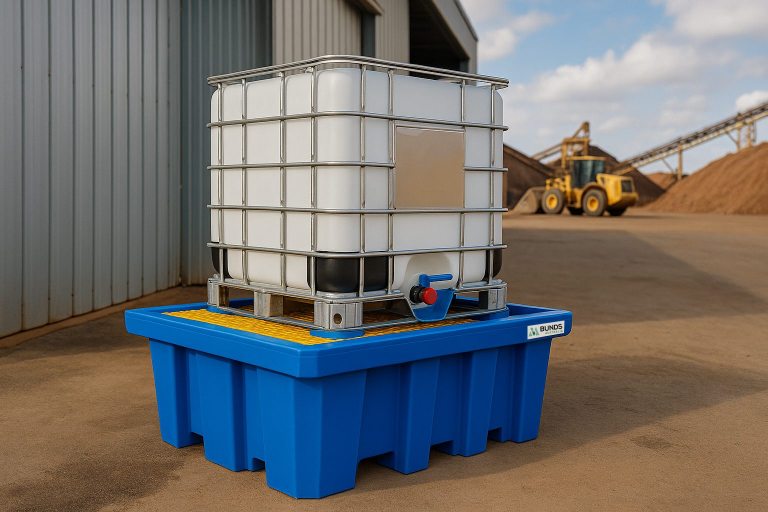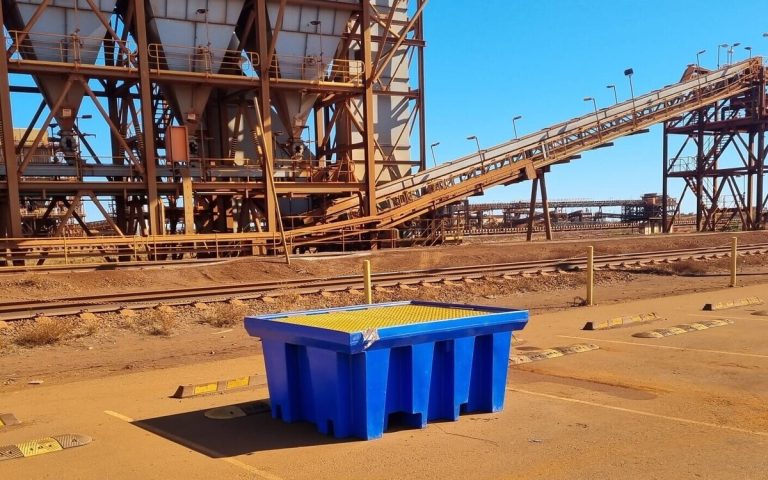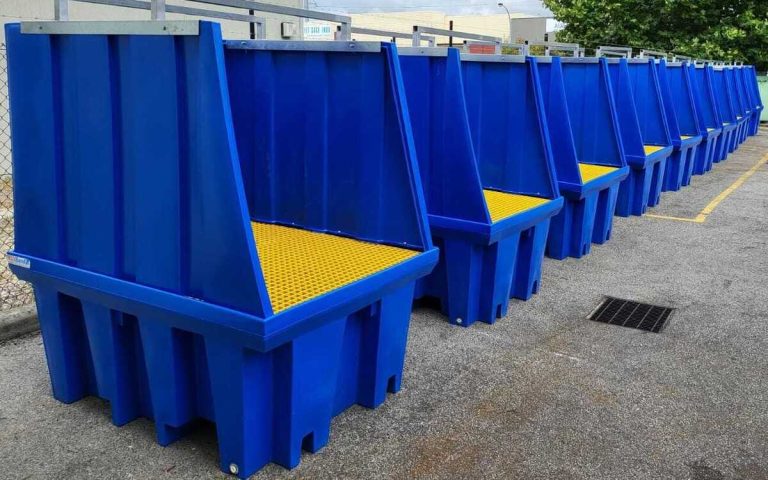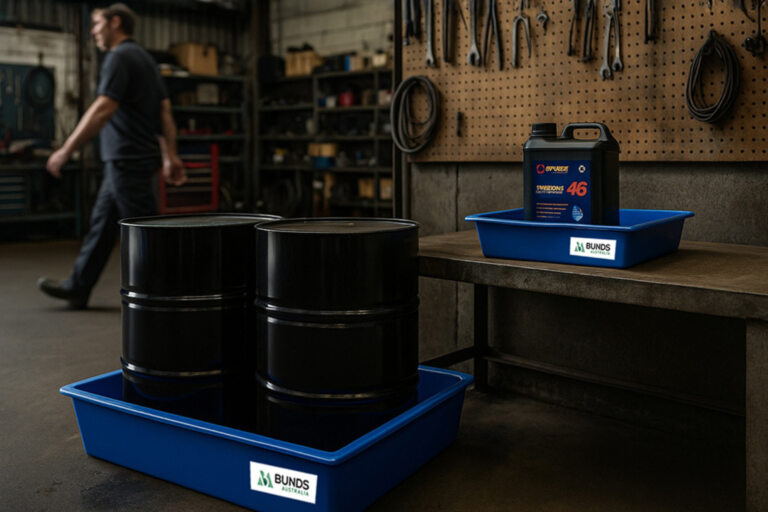Bunding, often referred to as secondary containment, is a fundamental practice in chemical storage and construction projects. Its primary objective is to prevent environmental contamination and mitigate potential hazards associated with the handling and storage of hazardous substances. In this comprehensive article, we will delve into the core concepts of bunding, examining its definition, purpose, and essential components, while also exploring the regulatory framework, requirements, and effective implementation strategies.
Understanding Bunding:
At its core, bunding entails the practice of enclosing hazardous substances or chemicals within a designated area to prevent leaks, spills, or runoff from escaping into the environment. This designated area, known as a bund or containment area, acts as a protective barrier, containing any potential spills and facilitating safe containment and cleanup procedures. By confining hazardous materials within a controlled space, bunding minimises the risk of environmental contamination and ensures compliance with regulatory standards.
Key Components of Bunding:
Bunding systems typically consist of several key components, each playing a crucial role in the overall effectiveness of the containment strategy:
- Containment Area: The primary component of a bunding system is the containment area itself, which is designed to confine hazardous substances and prevent them from spreading in the event of a spill or leak. Containment areas may vary in size, configuration, and construction material, depending on factors such as the volume and nature of the stored chemicals, site conditions, and regulatory requirements.
- Containment Capacity: A critical aspect of bunding is ensuring that the containment area has sufficient capacity to accommodate the volume of hazardous substances being stored. This includes considering factors such as the maximum potential spill volume, as well as any additional requirements specified by regulatory authorities.
- Construction Material: Bunding systems are constructed using a variety of materials, including concrete, steel, polyethylene, and fibreglass. The choice of construction material depends on factors such as chemical compatibility, durability, cost-effectiveness, and site-specific considerations.
Bunding is a critical aspect of chemical storage and construction projects, aimed at preventing environmental contamination and safeguarding against potential hazards. By understanding the fundamentals of bunding, including its definition, purpose, key components, regulatory framework, and effective implementation strategies, businesses can protect the environment, promote workplace safety, and ensure compliance with regulatory standards.



